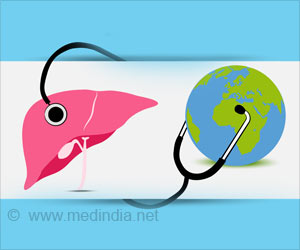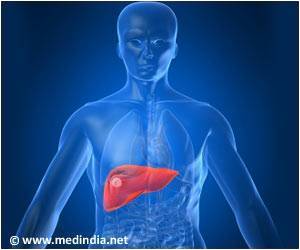Image-guided interventional radiology procedures could improve long-term treatment in patients with Deep Venous Thrombosis (DVT).
Deep Venous Thrombosis a serious condition that involves the formation of a blood clot inside of a deep vein usually in the legs.A patient with DVT is typically treated with anticoagulants (blood thinners).
"DVT is estimated to occur in nearly one million persons per year in the United States alone. The anticoagulant treatment method is good at preventing pulmonary emboli, however it does not completely destroy a blood clot or prevent a patient from developing long-term complications - including chronic, daily leg pain, swelling, changes in skin color, and open sores," said Dr. Suresh Vedantham, lead author of the study.
"Image-guided pharmacomechanical catheter directed thrombolysis, which until recently has been typically used to treat only the most critical DVT cases, involves the delivery of a clot busting drug through a catheter-mounted device that also "chews" up a clot - eliminating it completely and possibly improving a patient's long-term outcome and preventing future occurrences. If this technique is proven to prevent long-term DVT complications and improve patient outcomes, it only makes sense to use it on many more patients with DVT," he added.
"Most patients with DVT do not know that there are image-guided treatment options available. That is why it is important for referring physicians and radiologists to talk more because patients can really benefit from these procedures.
"At this time we do not have any definitive proof that image-guided procedures will improve patient outcome in the long-term. However, the NIH is now funding a pivotal, national clinical trial (the ATTRACT Trial) to see if routine clot removal is the best way to treat DVT. If the trial is positive, it will revolutionize the treatment of DVT," said Vedantham.
Advertisement
Source-ANI
ARU








